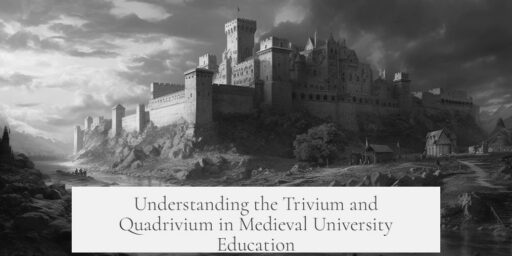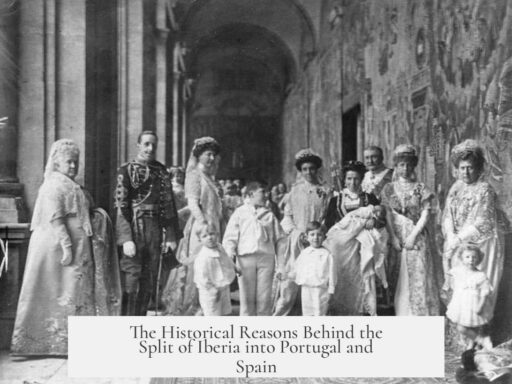The Trivium and Quadrivium were the foundational curricula in medieval universities, forming the basis of the seven liberal arts. The Trivium focused on soft skills essential for critical thinking. It included grammar, logic, and rhetoric. Grammar taught language structure and usage, logic emphasized reasoning and argumentation, and rhetoric trained students to communicate and persuade effectively.

The Trivium served as an introductory course, often taught even before university in grammar schools. Students learned basic language skills and logical thinking here. Mastery of these subjects prepared students for more advanced studies. It was necessary to complete and demonstrate proficiency in the Trivium before progressing.
The Quadrivium comprised the ‘hard skills’: arithmetic, music, geometry, and astronomy. These subjects explored more abstract and mathematical knowledge. Music, in this context, referred to the study of theory and harmony rather than practical instrument playing. Geometry and astronomy involved spatial understanding and celestial observations. Arithmetic dealt with numbers and calculation fundamentals. Algebra was not yet part of the curriculum, as it arrived in Europe after the medieval era.
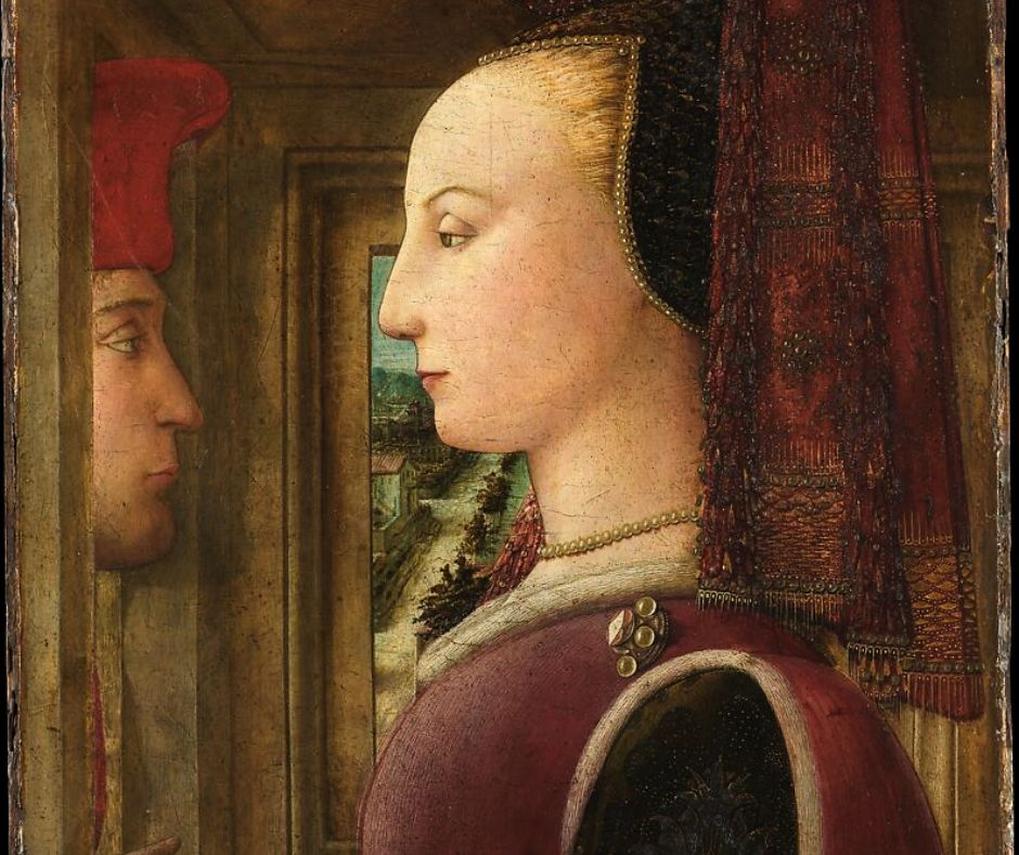
Students completed the Quadrivium after the Trivium. This advanced training allowed them to build a broad intellectual foundation. Mastery of the Quadrivium was also a prerequisite before entering specialized fields like law or theology. Thus, the seven liberal arts formed a structured path from language arts to mathematical sciences.
| Trivium (Soft Skills) | Quadrivium (Hard Skills) |
|---|---|
| Grammar – language structure | Arithmetic – numbers and calculation |
| Logic – reasoning and argument | Music – theory and harmony |
| Rhetoric – persuasion and presentation | Geometry – spatial understanding |
| Astronomy – celestial bodies |
This combined curriculum laid the groundwork for medieval higher education. It aimed to develop both analytical and verbal skills. Contemporary university disciplines have restructured this knowledge, but the Trivium and Quadrivium remain notable for their historic role in shaping liberal arts education.

- The Trivium taught grammar, logic, and rhetoric as foundational soft skills.
- The Quadrivium included arithmetic, music theory, geometry, and astronomy as hard sciences.
- Completion of both was required before specialization in medieval university studies.
Medieval Universities – What Was the Trivium and Quadrivium Curriculum?
Medieval universities based their undergraduate studies on two key curriculums: the Trivium and the Quadrivium. Together, these formed the foundation of higher education during the Middle Ages and shaped how students learned to think, communicate, and understand the world. Curious about what these terms meant and why they mattered? Let’s dive in.

The Trivium: Soft Skills that Sharpen the Mind
The Trivium consists of three subjects: grammar, logic, and rhetoric. Think of this as the medieval version of “soft skills,” but with a brainy twist. These weren’t just random topics; they were essential for training students in the art of knowledge management—from absorbing info to convincing others.
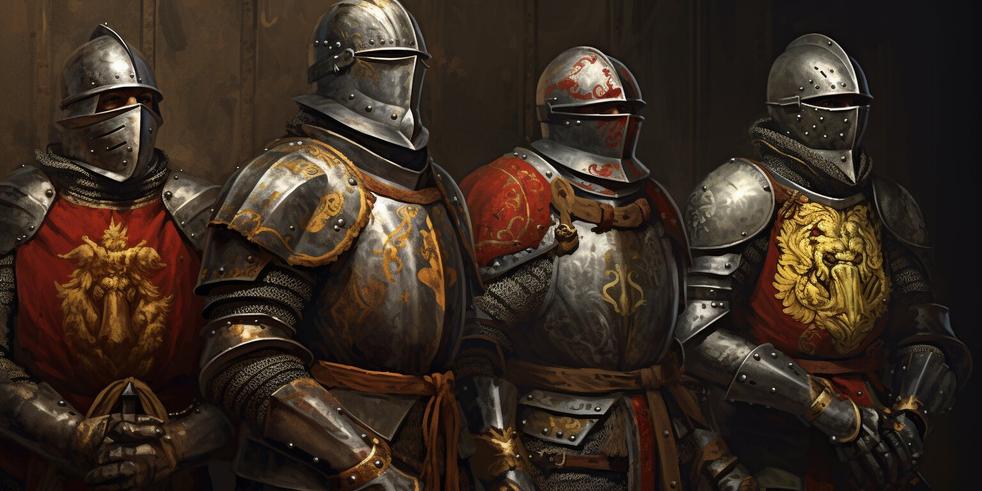
- Grammar: This isn’t your average language class. Grammar taught students the precise use of language—how words fit together to create meaning. Essentially, it’s about understanding how knowledge is *acquired* through language.
- Logic: Once students knew the language, they learned how to think rigorously. Logic was about reasoning and argumentation—how to process information carefully and create coherent thoughts, which is still very handy today.
- Rhetoric: Now, knowing stuff and thinking clearly is great, but can you persuade someone? Rhetoric taught how to present arguments persuasively. It was the art of discussion and debate, key skills for a scholar or leader.
Think of the Trivium as the medieval toolkit for critical thinking. It came early, often paired in grammar schools with lessons in basic arithmetic and Latin prayers. Kids today immediately start texting, but back then, they started with a serious foundation in the art of words and thought.
The Quadrivium: Hard Skills for Understanding the Universe

After mastering the Trivium, students moved on to the Quadrivium. This group of four subjects—arithmetic, music, geometry, and astronomy—focused on more abstract ideas. The Quadrivium might sound a bit like musically inclined math class combined with space science, and in a way, it was.
- Arithmetic: The science of numbers, but beyond just counting. It introduced students to numerical relationships and calculations.
- Music: Now, don’t picture guitar lessons—it’s all about music theory. The medieval study emphasized harmonics and the mathematics behind sound, inspired by thinkers like Pythagoras, who found connections between math and music.
- Geometry: This was spatial understanding, shapes, and measurements—essential for architecture, land surveys, and eventually, the scientific revolution.
- Astronomy: The study of the stars and planets, which was quite important for both science and astrology at the time.
Interestingly, algebra as we know it was not part of this mix; it wasn’t introduced in Europe until later. So, these ‘hard skills’ gave students a broad yet deep grasp of abstract concepts. The Quadrivium was like the medieval university’s equivalent to STEM studies today—with a twist of harmony and stars.
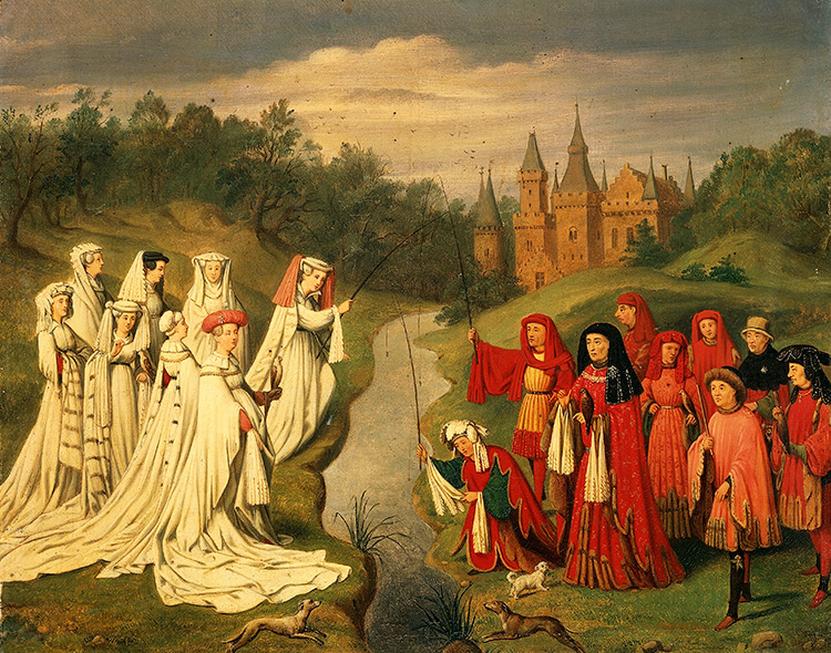
Undergraduate Foundations: Why Both Matter
The Trivium and Quadrivium together made up what was known as the seven liberal arts. These seven subjects created a comprehensive base everyone needed to master before moving on to specialized studies like law, medicine, or theology.
University was a bit stricter back then. You didn’t just sign up and hope for the best. Students had to prove their mastery of these arts. Only after passing this intellectual boot camp could you tackle those weightier subjects. Think of it as passing “core competency” exams today.
This system ensured students were *good thinkers* before they became lawyers, clerics, or doctors. It wasn’t just about memorizing facts. Instead, it gave medieval scholars the tools to acquire, process, and express knowledge effectively—skills that still underpin modern education.
The Seven Liberal Arts: A Legacy Still Alive
So why should we care about these old subjects now? Because even today, while universities offer ever more specialized fields, the basic structure of human knowledge reflects that medieval framework.
Modern education may no longer call them trivium and quadrivium, but the essence—training in communication, critical thought, and scientific understanding—remains central. The liberal arts still play a role in shaping complete thinkers.
Want a fun fact? The medieval approach combined what we now separate as humanities and sciences. It was an integrated way of learning—as opposed to the sometimes fragmented university curricula of today.
What Can We Learn From This Medieval Curriculum?
It’s tempting to think medieval education is outdated. But the Trivium and Quadrivium offer timeless lessons:
- Master the basics thoroughly: Before jumping into specialization, get a solid grip on fundamental skills. This applies whether you’re learning to code or write essays.
- Balance soft and hard skills: Critical thinking and communication (Trivium) are as crucial as technical knowledge (Quadrivium). One without the other is like a knight without armor or a sword.
- Embrace interdisciplinary learning: The fusion of language arts and sciences helps create versatile thinkers who can connect dots in unexpected ways.
Looking for a modern parallel? Consider how coding bootcamps emphasize both programming fundamentals and problem-solving soft skills. The medieval curriculum had this balance centuries earlier.
Final Thought
The Trivium and Quadrivium weren’t just school subjects. They formed the backbone of medieval education, training students to be skilled thinkers, communicators, and scientists before moving into professional life. This education model’s influence still echoes in universities today, reminding us why mastering core skills—and understanding how to think and communicate—is never out of style.
So next time you’re frustrated with a basic writing or logic course, thank the medieval scholars who figured out early on: mastering these “basics” is *the* key to unlocking deeper knowledge. Curious now? Maybe it’s time to dust off some Trivium and Quadrivium classics—it’s surprisingly relevant!
